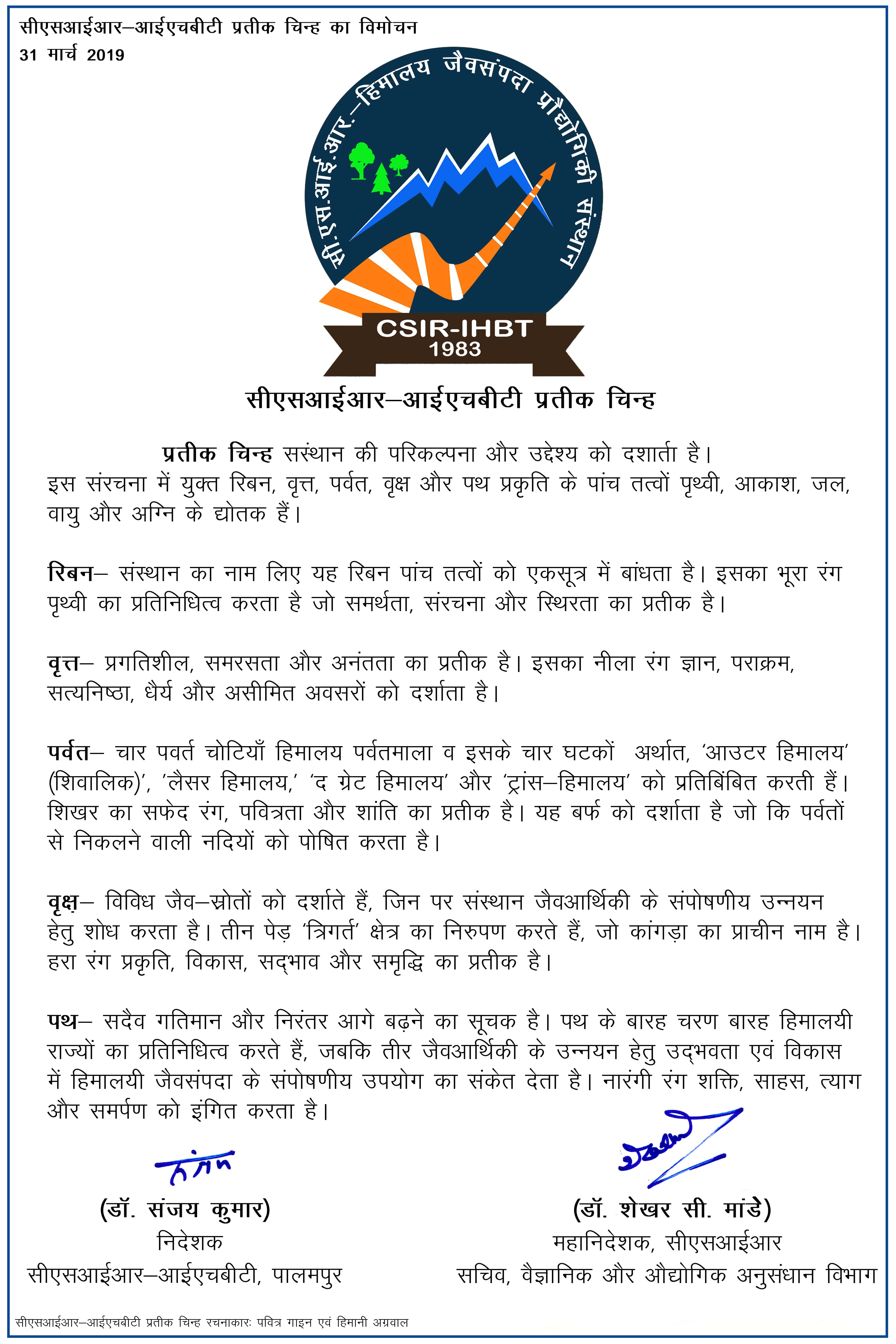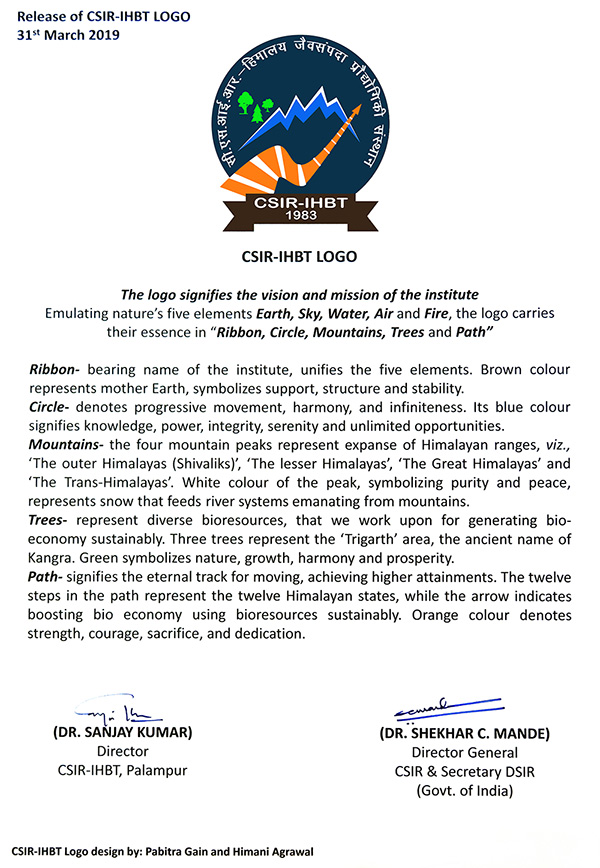FUNDAMENTAL SCIENCE
- A novel carbon sequestering pathway coupled to nitrogen utilization in the plants at high altitude was deciphered that laid the basis of raising transgenic plants for better carbon and nitrogen sequestration.
- Working at high altitudes, Institute discovered for the first time that the enzyme superoxide dismutase (SOD) from Potentilla atrosanguinea retains its activity even after autoclaving and found that the said enzyme was functional at sub-zero temperatures. Crystallographic studies were also carried out to understand the thermostability of The entire genetic sequence was elucidated and enzyme can now be produced in alternate system in bioreactor. The technology has been licensed. Further, the gene (s) has been used for raising transgenic plants tolerant to abiotic stresses.
- Studies on dormancy revealed that winter dormancy and oxidative stress are closely associated in tea and SOD orchestrating with ascorbate peroxidase and glutathione reductase are critical to lower oxidative stress induced damage and improve plant growth and development. The work has laid the foundation to raise transgenic plants with reduced winter dormancy. Particularly for low temperature and drought tolerance, Institute has an indigenous repository of genes, promoters and transcription factors from Himlayan flora viz., Caragana jubata, Rheum australe and Camellia sinensis, which are now being used to raise transgenic plants tolerant to stresses
- Developed diagnostics (multiplex RT-PCR assays) for virus and virus like pathogens of the apple and stone fruits (eg. Identified a novel crypticvirus)
- Studied the molecular mechanisms of:
(i) Transmission of viroids (eg. Whitefly Trialeurodes vaporariorum as a vector of Apple scar skin viroid
- Through bioinformatic studies, identified RNA molecules having medicinal potential in incurable diseases like IPF
- Successfully assembled the complex 3.4 GB genome of endangered medicinal plant Picrorhiza kurroa for the first time.
- Analysis and resolution of transcriptomes of endangered medicinal plants of Himalayas
- Comparative morphological, biochemical and proteomic study of Arabidopsis thaliana and over expressed line AtPSOD in response to Cu stress.
- Exploring the molecular mechanism of adaptation in Picrorhiza kurroa along elevational gradients using proteomic approach.
- Work was undertaken to understand the role of TIR-NBS-LRR protein in potato against fungal pathogen
- An efficient Asparaginase enzyme was isolated from Himalayan microbial source. It was found to have wide temperature functionality with low or no glutaminase activity. Hence it has therapeutic applications.
- Developed and validated DNA barcode of plant species using plastid regionrbcl
- Development of genetic linkage map in tea and stevia
- Genetic Diversity characterization and creation of genomic resources in targeted plant species like Podophyllum hexandrum
- Studying Functional nanomaterials for biomedical/sensing applications
- Studies underway on Cell/protein-nanoparticle interactions
Societal Contributions
Promoting Commercial Cultivation
- Contributed significantly in initiating and boosting commercial floriculture in Himachal Pradesh, rendered technical support to farmers/entrepreneurs for popular cut flowers like carnation, rose, gerbera, alstroemeria and gladiolus
- Introduced lilium cultivation in Lahual valley for the first time which enhanced the income of growers by upto 5 times
- To meet the need of farmers new cultivars of ornamentals are released from time to time, this include gerbera, gladiolus, lilum
Popularizing Stevia
- Popularized stevia cultivation in the country by providing large scale planting materials and technical advice to the farmers and entrepreneurs
- Supporting entrepreneurs in processing of stevia and making steviol glycosides
Promoting Bamboo Cultivation
Institute provided 5 lakh bamboo plants to 15 states, covering an area of 3125 acres which also includes Shivalik range in Punjab, Haryana and Uttarakhand
- Several value added edible products have been developed from bamboo like candies, noodles, beverage and nuggets
- An indigenous kiln has been designed to convert bamboo into high value charcoal
Reviving Kangra Tea
- Played a key role in revival of Kangra tea from brink of extinction through rigorous extension of improved husbandry practices and processing techniques
- Provided scientific data and technical support to the Govt. of HP for acquiring Geographical Indication (GI), thereby giving Kangra tea an international recognition
- Popularized tea farm mechanization to offset labour shortage and reduce high cost of cultivation, the common problems faced by the tea industry
- Developed tea withering machine to shorten the long drawn withering time of tea processing thereby saving energy, increasing batch numbers and improving tea quality
- Developed value added products like tea concentrates and tea wines from low grade teas
- Developed process for extraction of catechin from coarse leaf
- Institute maintains a strong linkage with tea planters of the region and Tea Board of India to effectively translate and transfer the knowledge developed for the benefit of the tea industry of the region
Conservation and resource generation of medicinal plants
- Developed tissue culture protocols for rare, endangered and threatened medicinal plants like Sinopodophyllum hexandrum, Picrorhiza kurrooa, Aconitum heterophyllum and Dactylorhiza hatageria for their in-situ and exsitu conservation and extension in the field.
- Established nurseries for generating quality planting material ofhigh value medicinal plants like Ginkgo biloba, Tinospora cordifolia, Fritillaria roylei, Trillium govanianum, Valeriana jatamansi, Hedychium spicatum, Curcuma aromatica and Hippophae spp.
Crop Diversification through Aromatic Plants
- Institute provided large scale planting material of aromatic plants and demonstrated essential oil distillation process to the farmers for better economic returns
- Designed mini distillation units for processing of aromatic plants for the farmers having marginal land holdings
- The mobile essential oil distillation unit designed and fabricated by the Institute has been rendering valuable service for on site processing of herbals even in remote locations
Institutional efforts resulted in successful establishment of commercial cultivation of Rosa damascena in Punjab. Consistent efforts are being made to promote commercially important Himalayan aromatic plants including rosemary, wild marigold (Tagestes minuta) and Mushkbala (Valeriana jatamans) in HP, J&K and Uttarakhand
Strategic Research
Based on extensive field studies on plant bioresources in the western Himalaya and supported by secondary information, the following databases have been developed:
- HimFlorlS (Himachal Pradesh Flora Information System): Provides information on plant species, their distribution, population, ethnobotanical uses, taxonomic details along with photographs
- TRAMPIS (Traditional Medicinal Plant Information System): Pertains to the use of traditional medicinal plants for specific ailments
- CTKDL (Comprehensive Traditional Knowledge Digital Library): Information on plant associated traditional knowledge on Himalayan bioresources
- KSIS (Kangra Spatial Information System): First of its kind web application developed for Kangra district, Himachal Pradesh, related to multilayered thematic maps on bioresources, topography, administrative units, satellite data and flora
- BRICs (Bio-resource Information Centres): Related to distribution, diversity and utility of plant resources
Considering Himalaya to be generally data deficient, crucial base line information on ecology of high altitude has been generated. Critical data on environmental variability across climatic zones and micro climatic niches is currently being recorded. Adaptive responses of plants under varying abiotic stress conditions have led to fundamental findings which could be translated for human welfare
Thirty Long Term Ecological Research (LTER) plots have been established in temperate, sub-alpine and alpine zones to study the impact of changing climate. Facilities have been established and studies were undertaken to understandspecies response to elevated CO2 and temperature conditions.
Ecological Restoration
Successfully carried out rapid revegetation of ten muck dumping sites of National Hydro Power Corporation (NHPC) in Kullu area through planting of fast growing trees and herbs.
Reaching out to North Eastern States
- Provided large scale planting material of bamboos to North Eastern states
- Introduced low chilling varieties of apple in Champhai district of Mizoram
Technologies for Catalyzing Industrial Growth
|
Superoxide Dismutase (SOD) Highly thermostable enzyme from Potentilla atrosangunia with wide industrial applications. It tolerates a temperature of 121 °C and functions across <0°C to >50°C with varying activities at different assay temperatures and remains stable at room temperature. It has wide applications in pharmaceuticals, foods and cosmetics. |
|
|
Tea Catechins A green process for obtaining highly purified antioxidants catechins from tea shoots. |
|
|
Traditional Cuisine of Kangra Preserving traditional recipes in ready to eat form through novel preservation technology without using any chemical preservative. Benefits: Healthy food with prebiotic attributes |
Transferred to M/s Sai Foods Pvt. Ltd., Baijnath, H.P.
|
|
RNA Isolation Solution Developed a novel solution which enables extraction of quality RNA in good quantity. |
Technology transferred to M/s Bangalore Genei
|
|
Crispy Fruits Conversion of fresh fruits to crispy form retaining near to original texture, taste, aroma and color in addition to extending shelf life
|
Technology transferred to M/s Roots & Flowers, Palampur, H.P. |
|
Steviol glycosides Standardized a water based process for extraction of steviosides from Stevia rebaudiana as a table top sweeteners and an alternative to artificial chemical sweeteners |
Ready to transfer
|
|
Combating Malnutrition Developed iron and calcium fortified fruit bar. The product has been tested on malnourished population in Uttar Pradesh. Suitable product for mid-day meal programme. |
Ready to transfer
|
|
Tea Concentrates Developed from black and green teas with shelf life of six months. These concentrates could be converted into ready to drink teas (RTDs) with sugar/ sweeteners, purified water and carbonation. These concentrates are rich in antioxidant polyphenols. |
Ready to transfer
|
|
Tea Wine Standardized process for converting secondary grade black and green teas into quality wines. The wines possess antioxidant properties. |
Ready to transfer
|
|
Virus Free Apple Root Stock Technology transferred to:
|
Technology transferred
|
|
Biofertilizer Consortium of highly adaptable and stress tolerant microbes for promoting plant growth and yield in organic farming. |
Technology transferred
|
|
Nutribar Process has been developed to produce delicious bar from buckwheat. Being gluten free, it is suitable for persons prone to gluten allergy or having celiac diseases. |
Technology ready for transfer
|
|
Dietary Fibres Institute has developed a process for extraction of dietary fibre from apple pomace which is a waste of apple juice industry. The fibre has been tested for its suitability in bakery and other processed foods. |
Ready to transfer |

Livelihood Enhancement Through Improved Plant Varities
|
|
|
|
|
|
CATALYZING ECONOMY OF HIGH MOUNTAIN AREAS
|
Centre for High Altitude Biology (CeHAB) at Ribling, Lahaul & Spiti |
|
|
|
|

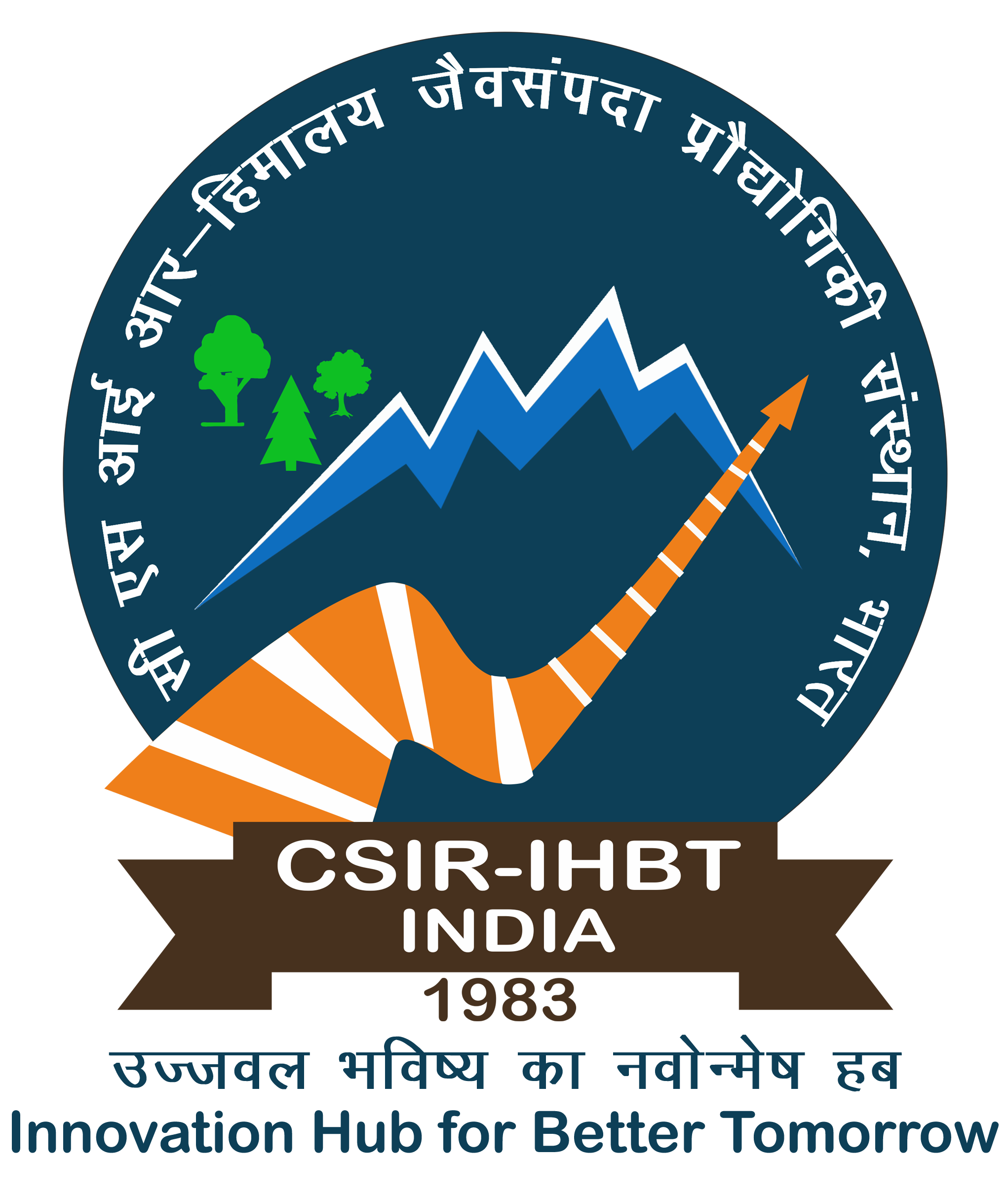
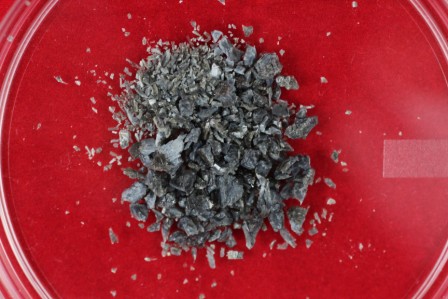
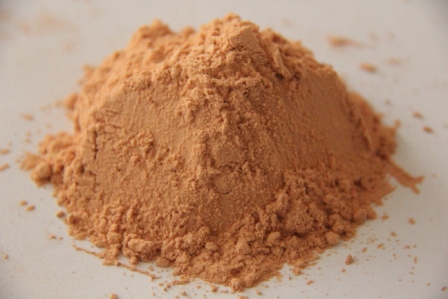
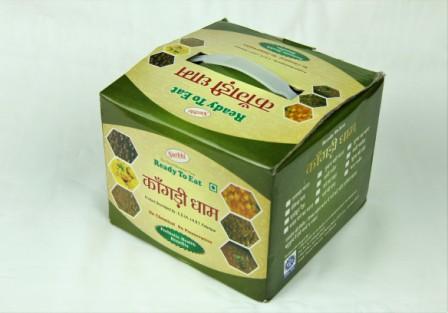


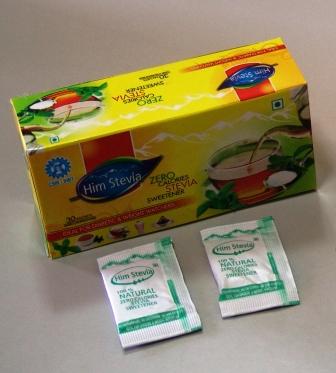
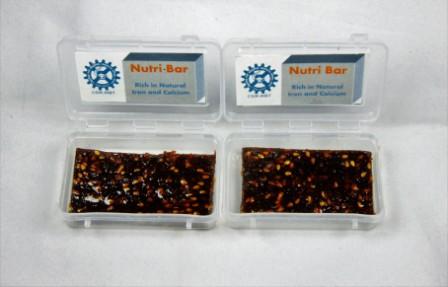
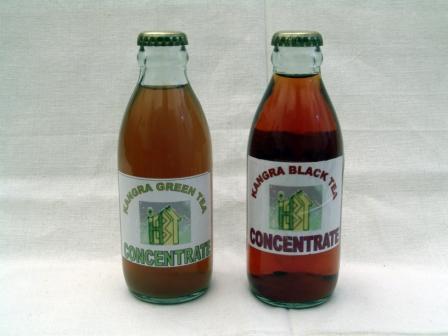
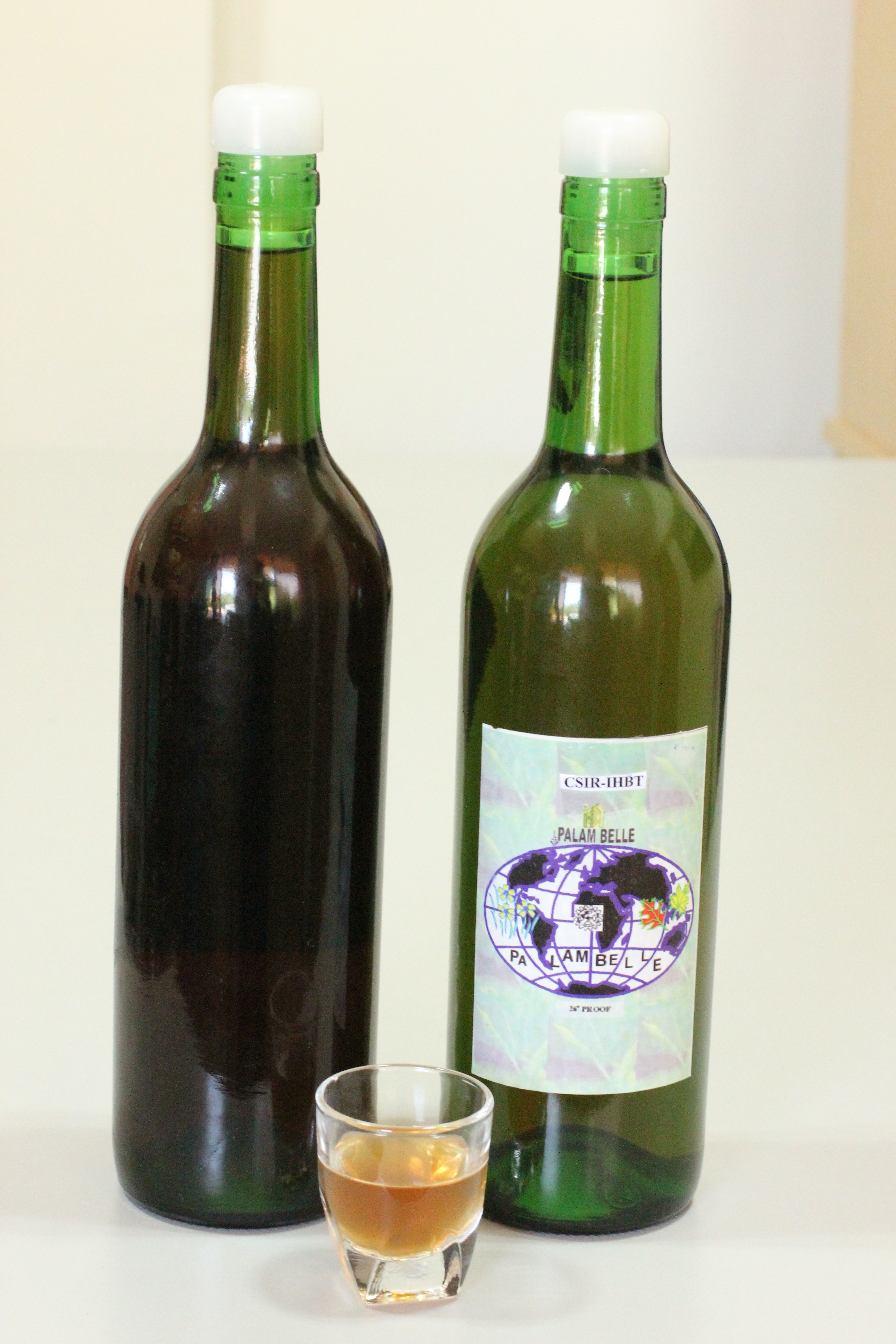
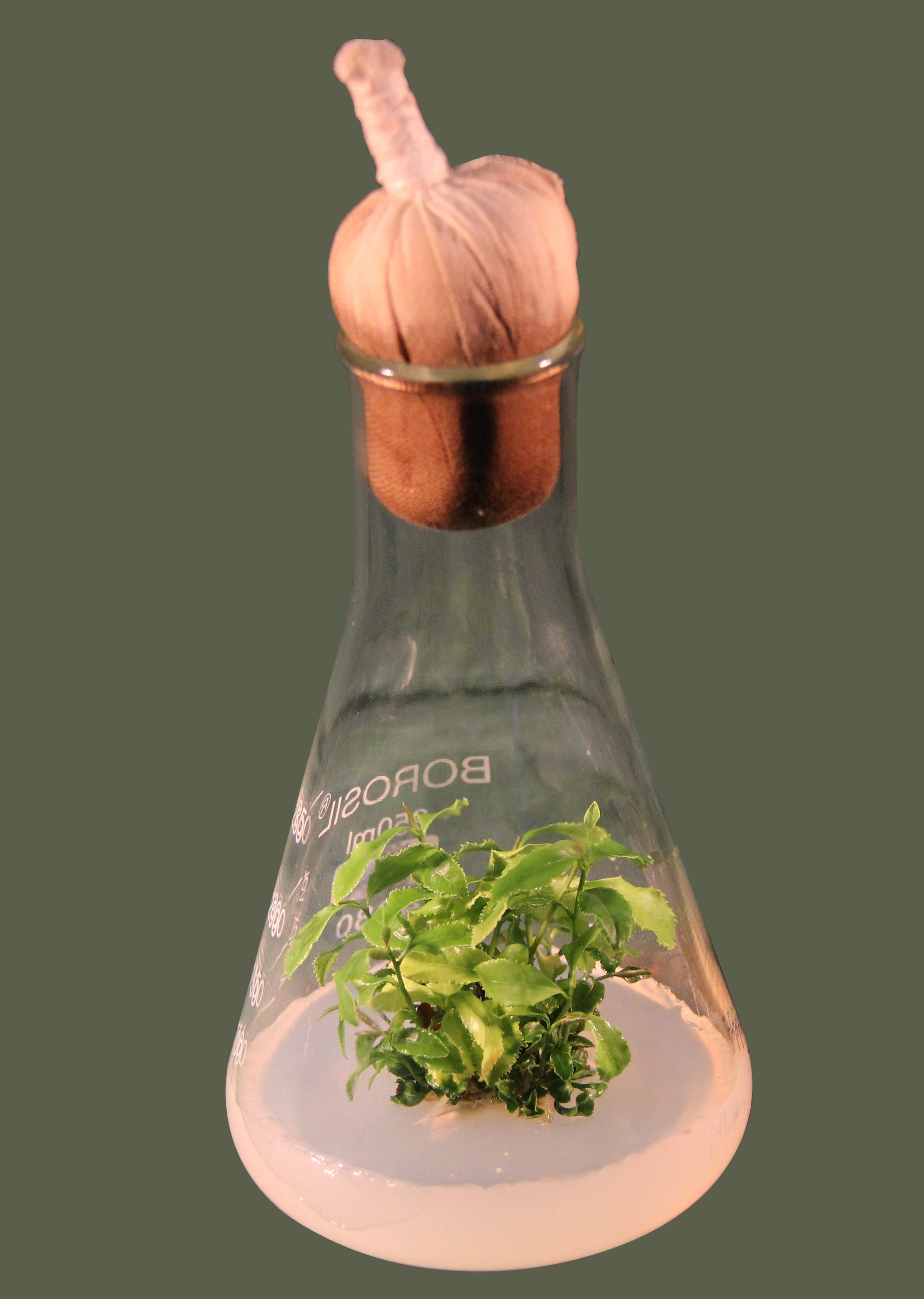

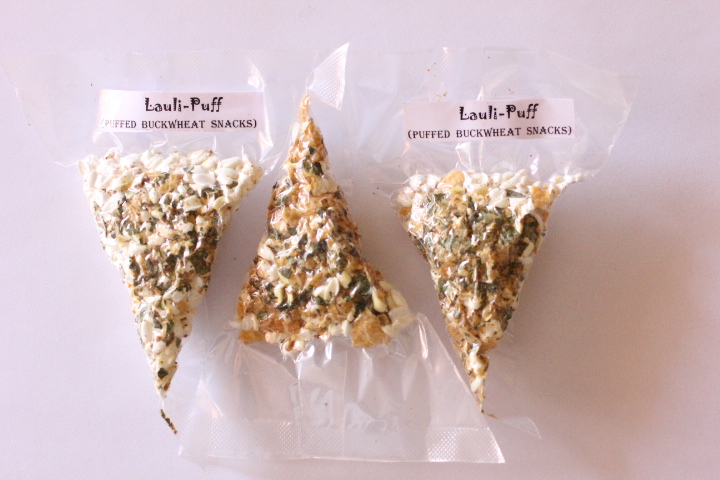

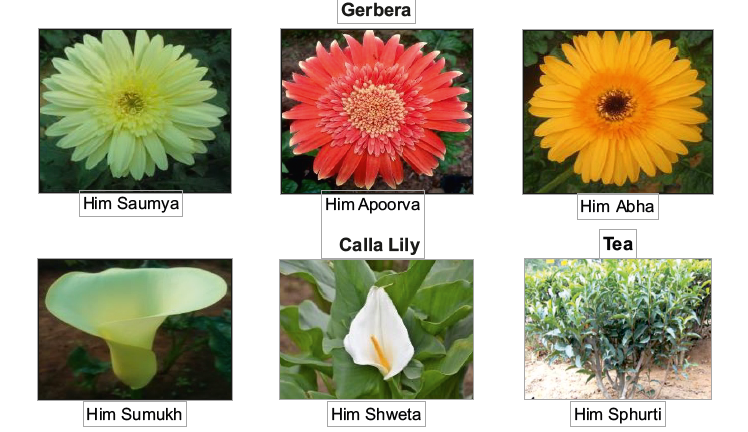


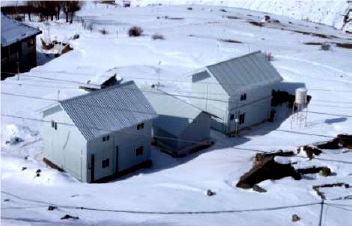
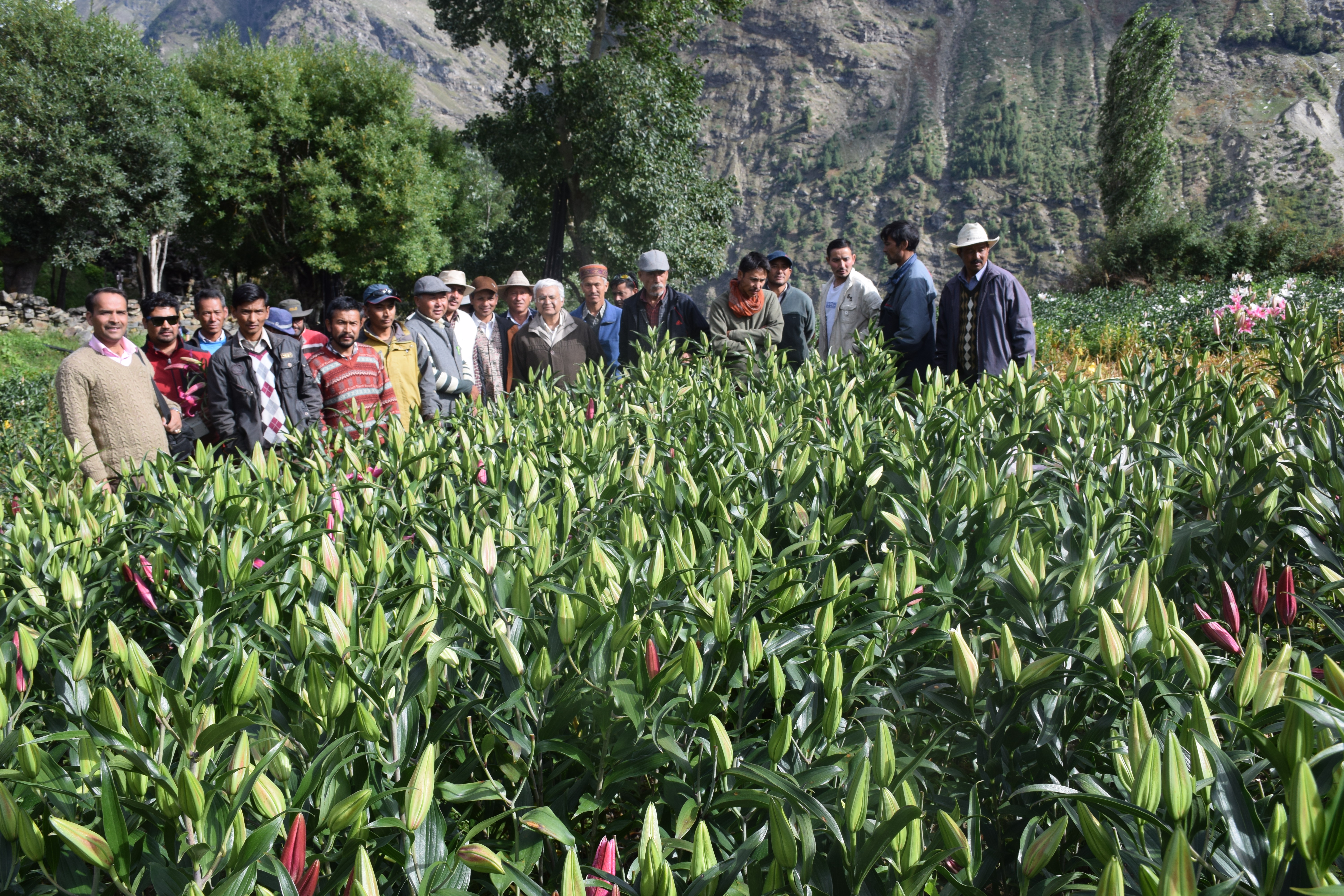 Introduced lilium cultivation in Lahaul valley
Introduced lilium cultivation in Lahaul valley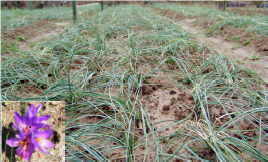 Introduction of saffron cultivation in Himachal Pradesh
Introduction of saffron cultivation in Himachal Pradesh










